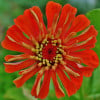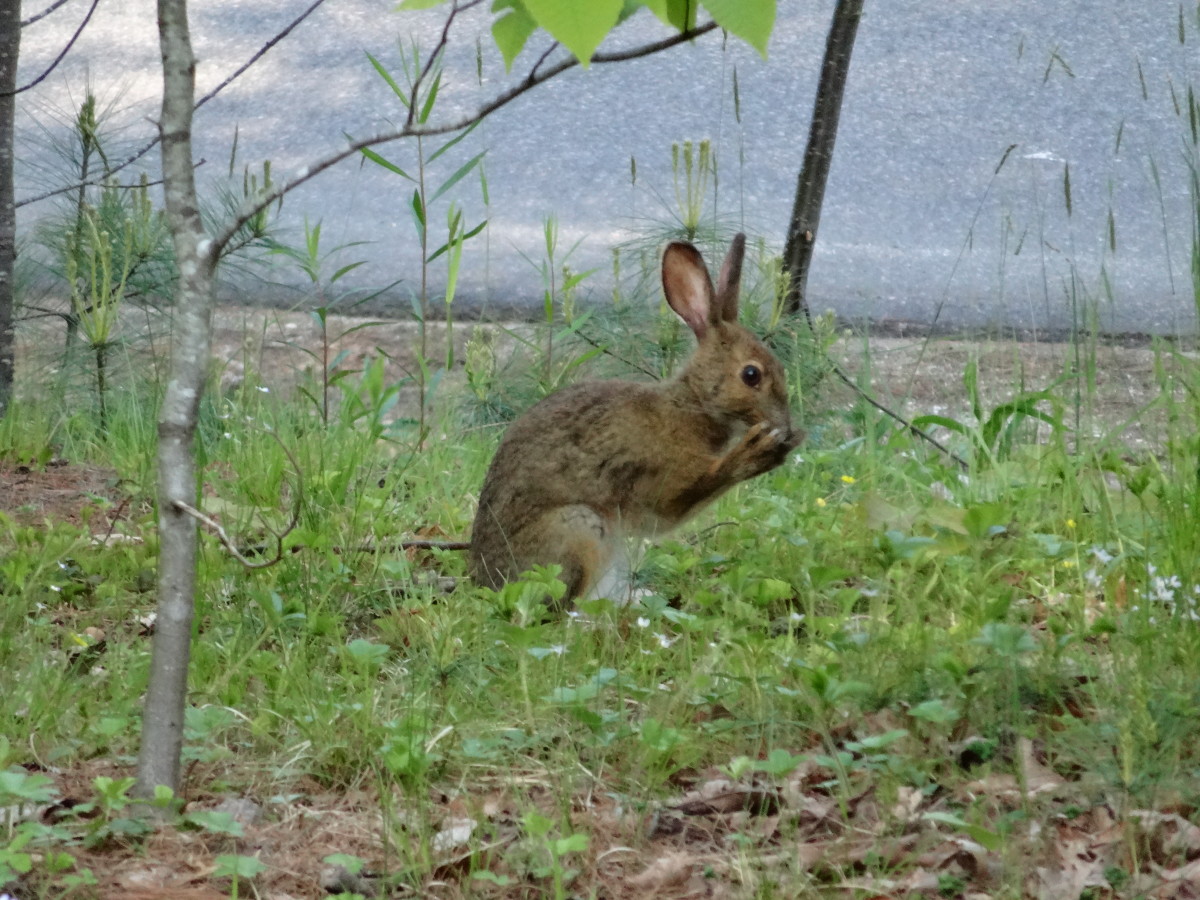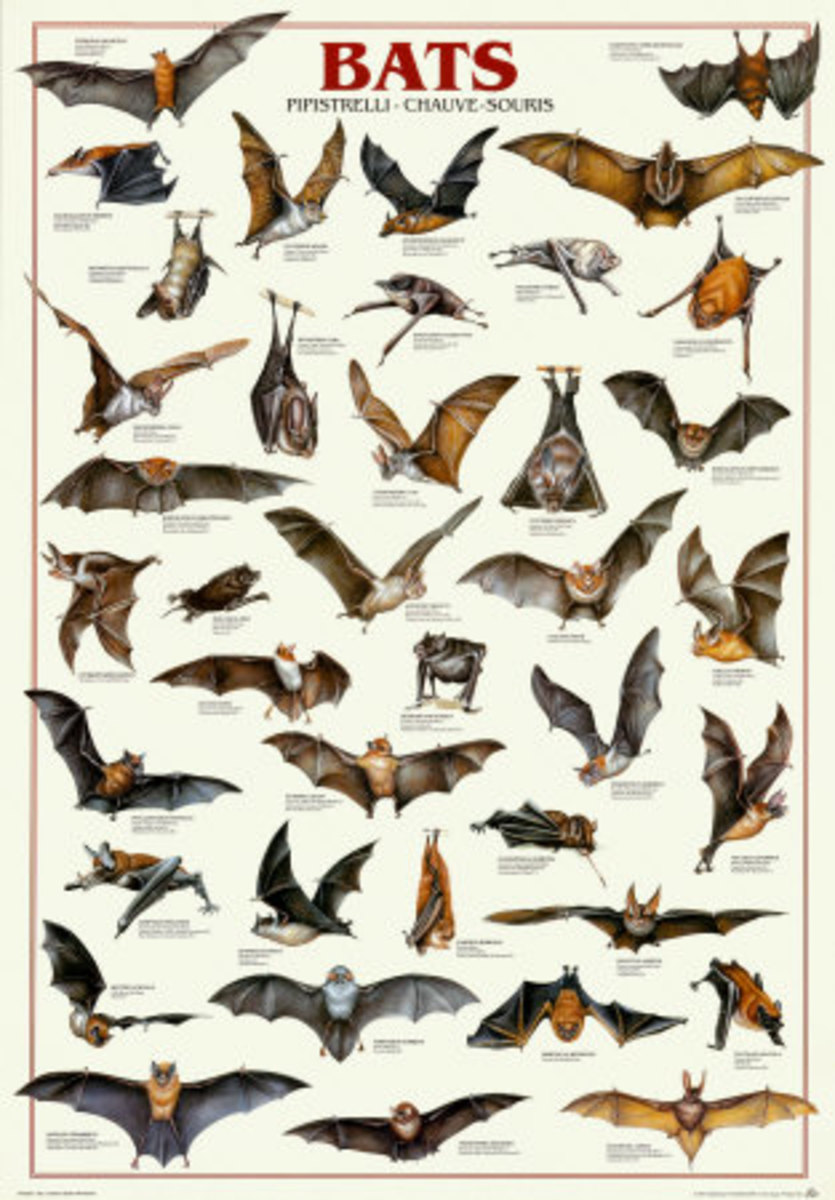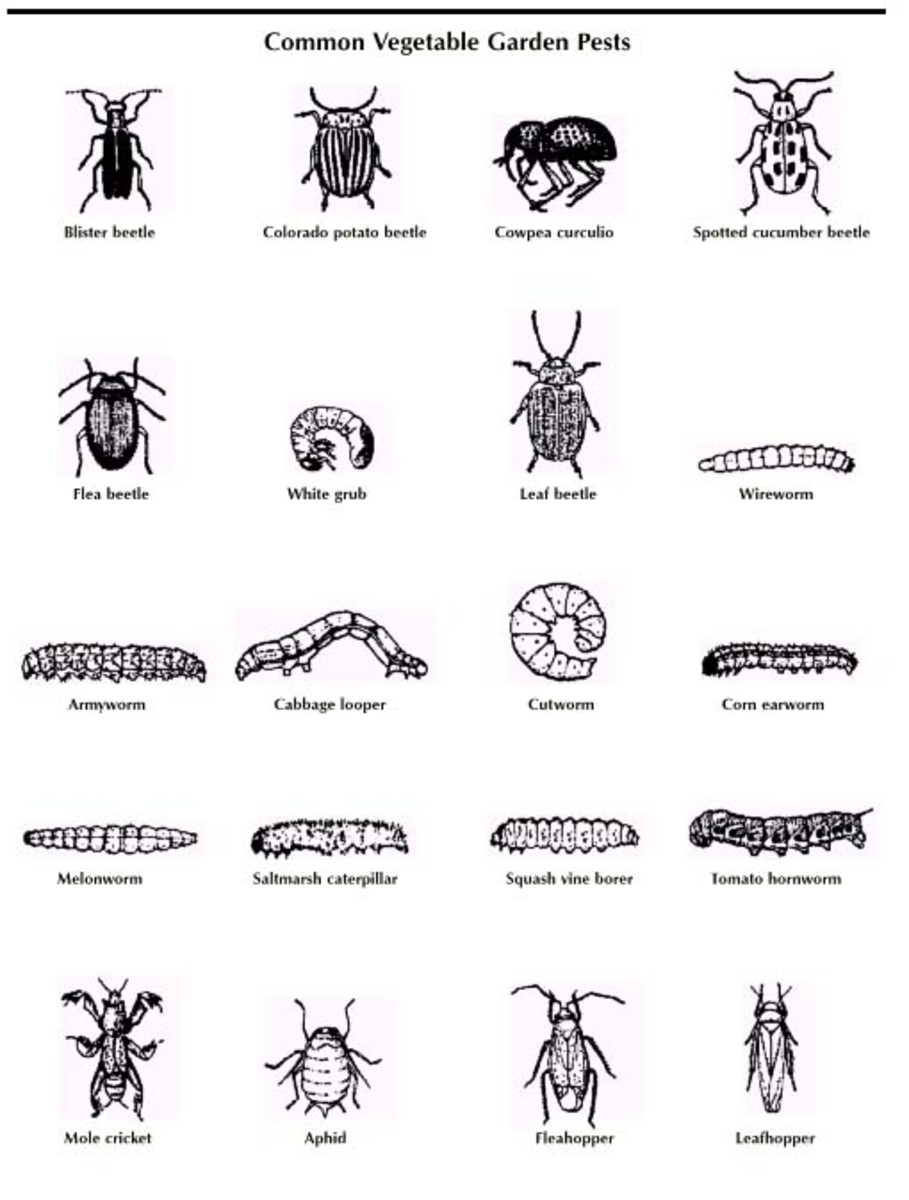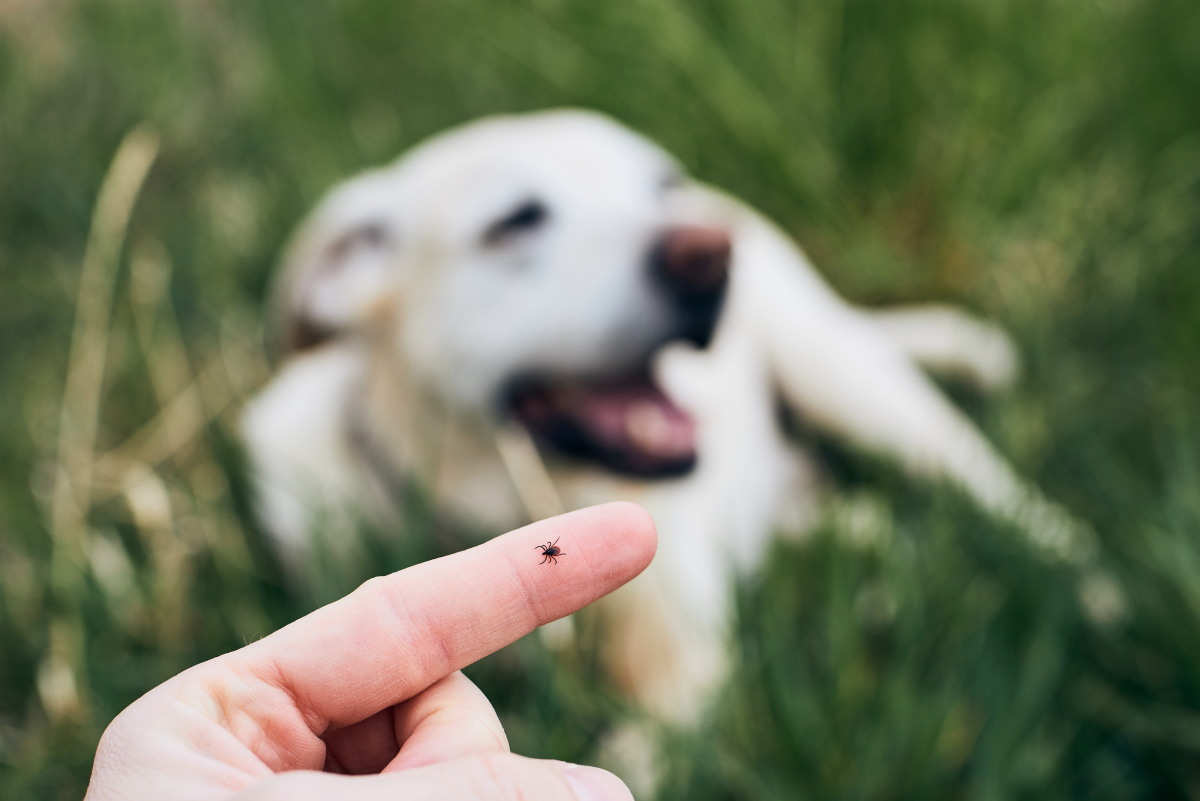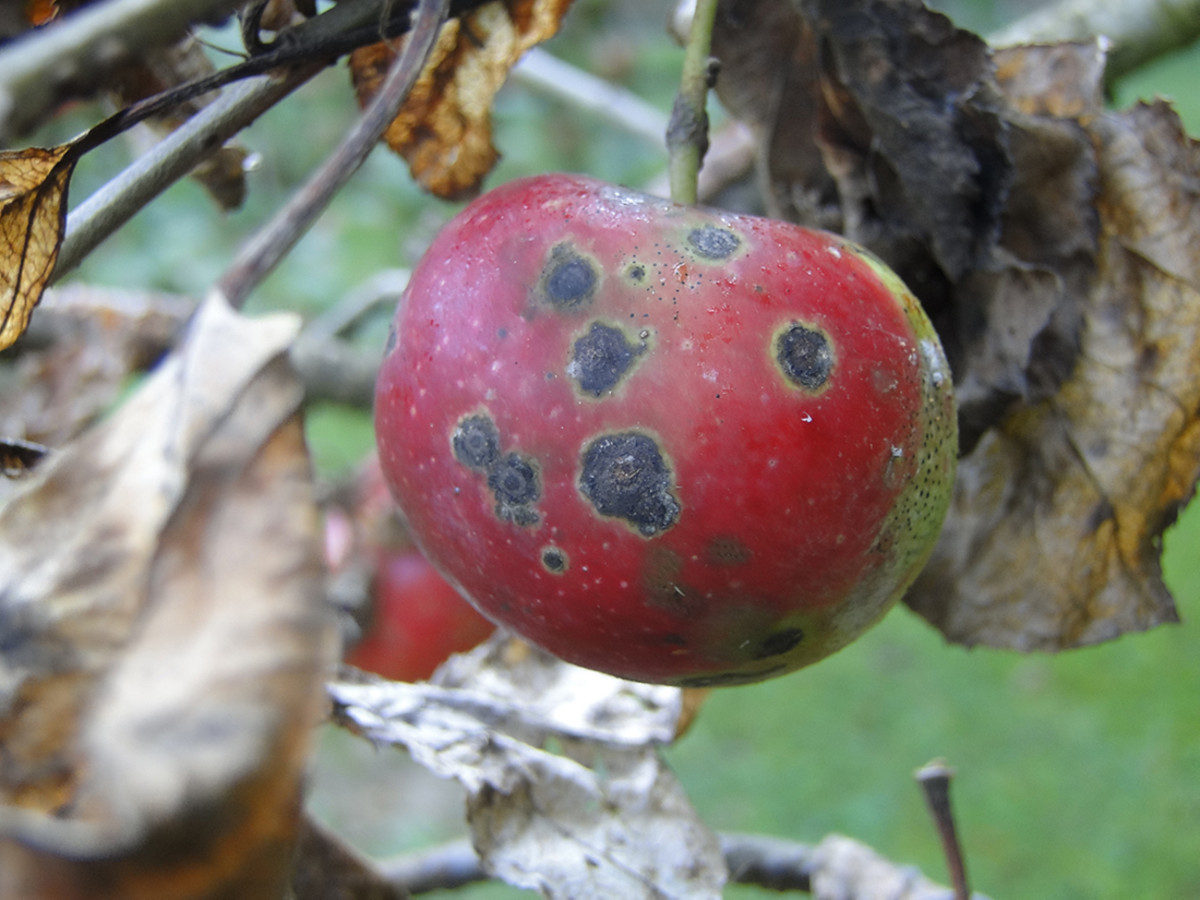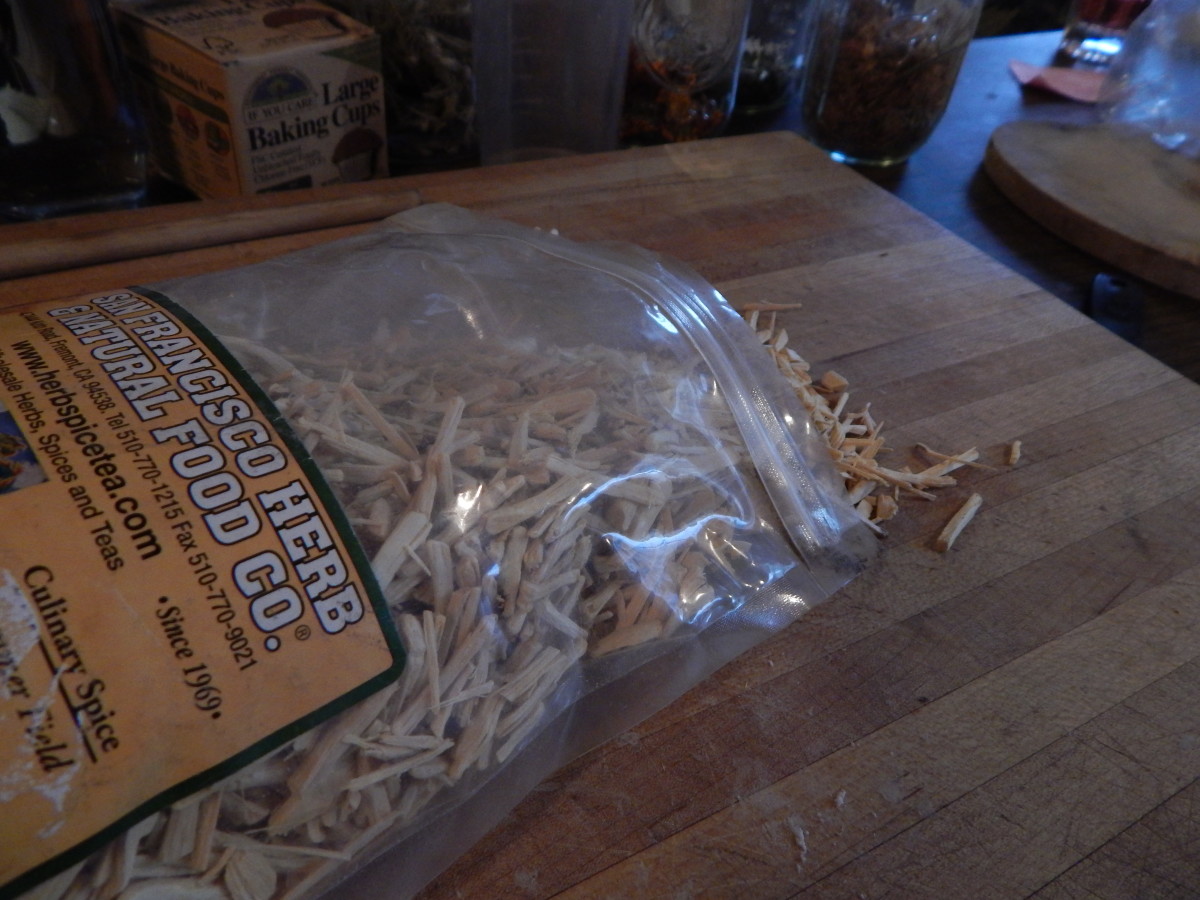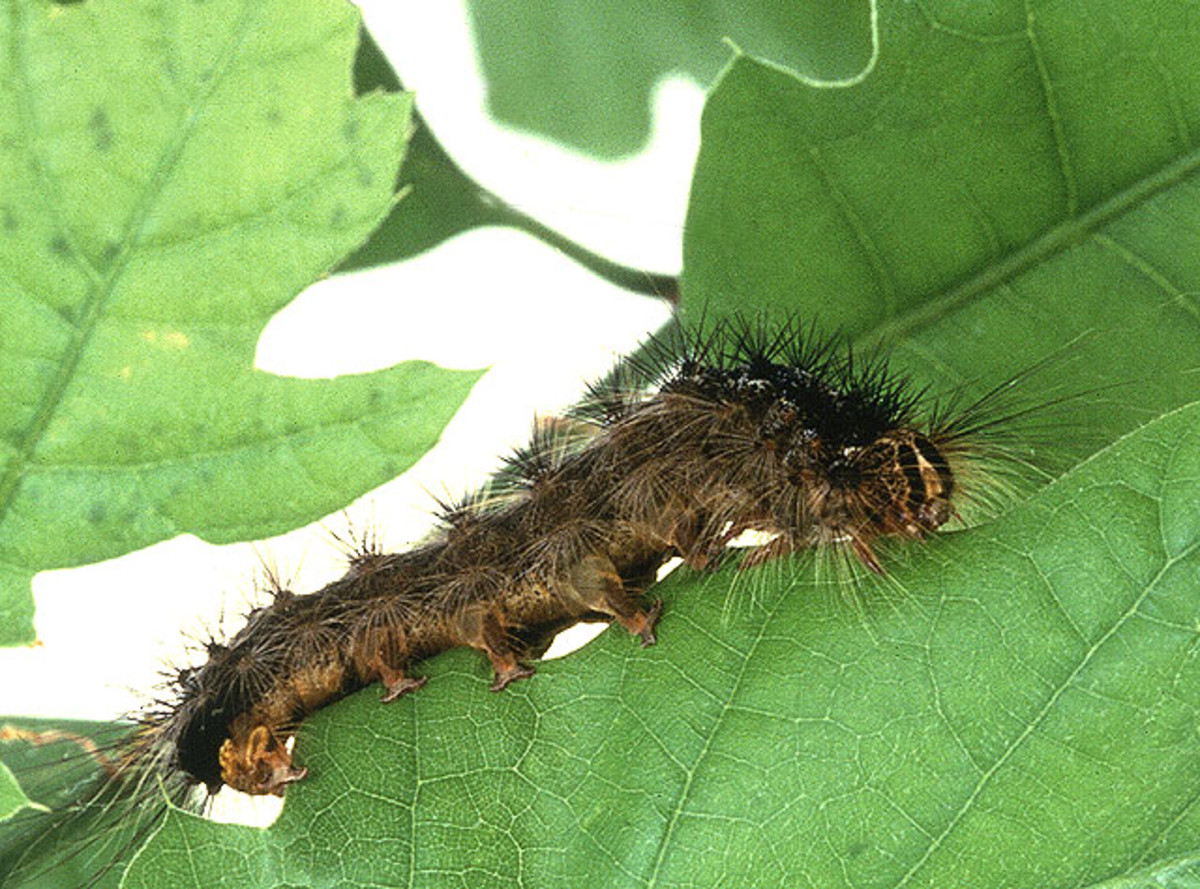Preventing Deer Damage
Deterring & Repelling Deer in Suburbia
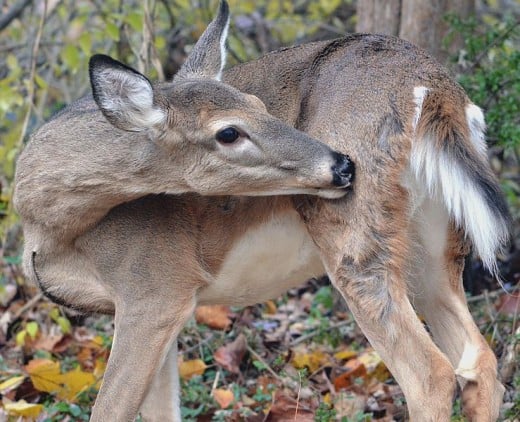
The deer population in our neighborhood has exploded in the last few years.
For obvious reasons, hunting here in the suburbs isn't allowed, so our deer have no natural predators, excluding cars on foggy mornings.
Small herds hang out in yards and by the side of the road like delinquent youths, hardly moving for walkers, joggers, bikes or even vehicles.
Since many of our neighbors actually feed them (a practice that's not good for health of the deer) the scent of humans doesn't scare them at all, so we've had to continually try new deterrents and repellents in order to keep them from destroying our fruit trees, blueberry bushes, roses, hosta and other plants that are their particular favorites.
Of course, if deer are hungry enough or curious enough, they'll munch on just about any plant that's not poisonous to them. They have eaten down our yarrow repeatedly, and it's often on lists with titles like "Plants That Repel Deer." I have not, however, ever seen deer eat any type of mint.
Unfortunately, if deer are hungry enough, they'll munch on just about any plant that's not poisonous to them.
Deer do a lot of damage in our neighborhood and (sometimes) in our yard. So naturally I'm always on the lookout for ways to repel and deter them.
Last month I participated in a deer damage webinar that featured Scott Hygnstrom of the University of Nebraska-Lincoln School of Natural Resources.
Hygnstrom is a recognized expert in deer management with 30 years of experience in the field. He's also one of the editors of Prevention and Control of Wildlife Damage, which is available online through the Internet Center for Wildlife Damage Management. And he helped with the creation of an auditory deer deterrent that uses deer distress calls to shoo deer from crops and landscapes where they could do damage.
Although some of Hygnstrom's advice during the webinar was more suitable for commercial growers and farmers, several of his suggestions would (and do) work well for those of us who live in suburbia.
Unlike commercial growers, we can't hunt the deer in our neighborhoods with guns or even bows and arrows to keep down populations. And we're unlikely to have the ability or the money to dart them with birth control.
But we can do other things to mitigate the damage deer do, primarily by discouraging them from our property. Because deer are smart and adapt, Hygnstrom recommends using a variety of strategies.
Deterring Deer
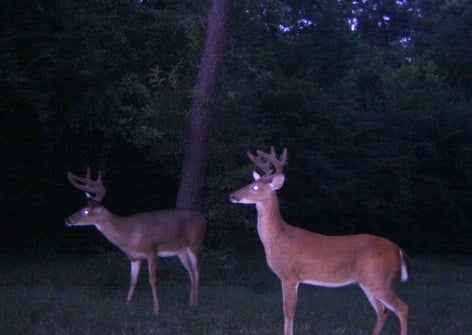
Changing Their Grazing Route
If deer are killing your trees by eating off the bark, wire tree guards or cylinders will provide protection.
FENCES
Deer are intelligent animals that learn fairly quickly, and you can teach them to avoid your yard through deterrents like fencing or other barriers.
Woven Wire & Six-Strand Fencing
Several types of fencing work if your deer aren't extremely determined. For protecting orchards and other permanent features on your property, you may wan to invest in one of two type of fencing: woven wire 8-foot fencing or electrified high-tensile wire 6-strand fencing (measuring 8, then 10, 10, 12, 12 from the bottom up).
Plastic Mesh
In the July/August issue of Hobby Farms, Frank Hyman recommends 7-foot high plastic mesh fencing in his article "Hold the Line."
According to Hyman, black plastic is best, as it's hard for deer to see, so they can't judge the jump.
Single-Strand Electric Fencing
Hyman also recommends single-strand electric fencing at about knee high, which would be perfect around a vegetable garden. Hang strips of aluminum foil dabbed with peanut butter to attract deer (and shock them) so they'll avoid the area rather than jump the fence. To keep out rabbits, you could add a strip of 12-gauge wire mesh along the bottom.
Electrified Polytape Fencing
As a suburban gardener, a less permanent, cheaper and easier-to-install type of fencing is the most appealing to me: electrified polytape fencing.
Hyngstrom recommends using one strand of polytape at three feet high and smearing it with peanut butter every few feet.
Dogs
Dogs can also be effective in keeping deer away from your yard, especially outdoor dogs that are kept within a given area (say an orchard or a backyard that contains a vegetable patch).
Even our indoor dog, who has a slight paunch and a Frosty Paw addiction, does a good job of chasing deer out of our yard—when he's not napping.
Of course, the deer could easily jump the fencing, but when they touch the tape with their nose/tongue to get the peanut butter, they'll get a good jolt that will deter them psychologically from the area.
I'd like to try this fencing for our roses in spring and our vegetable garden in late summer. It's reportedly easy to move and install. And it only costs about 10 to 20 cents per foot.
The only downside that I see is that it doesn't work in winter if your area gets lots of snowfall.
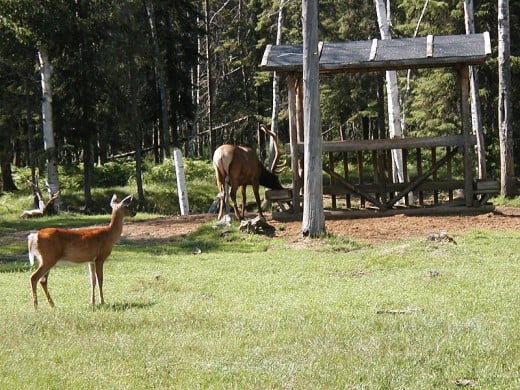
Deer don't have upper jaw teeth, so when they feed on plants, they smash through stems rather than make a clean cut like rabbits do. That's why deer will kill your pansies and tulips by pulling them right up out of the ground rather than just eating their tops. I hate that.
Fallen Trees
An even cheaper method for keeping deer out of your yard is to block their travel route with fallen trees. This worked for us for a while. We blocked a beaten down deer trail from the woods into our hard with an 8-foot plus pile of fallen trees set back in the woods.
As it was easier for them to follow a path around our yard rather than get through the pile, they stayed out of our yard for over a year--until out next-door neighbor began feeding them. Then they began drifting from their front yard feeders into our front yard, where they killed several of our herbaceous perennials by pulling them out of the ground as they fed.
Reasons NOT to Feed the Deer
There are so many reasons not to feed wildlife. Here are just a few of biggest reasons you shouldn't feed the deer in your neighborhood.
- Feeding deer attracts them and the ticks that feed on them to your yard. Like white-footed mice, white-tailed deer are the primary hosts of the deer tick, which carries Lyme Disease.
- Rich foods like grain can actually kill deer, as they have been known to overeat and ultimately die from it.
- Attracting deer to your yard with food draws them into areas near roadways where they are likely to be hit by cars. (This is also one of the reasons you shouldn't throw garbage out of your car onto the side of the road.)
- Deer won't just eat the feed you put out and then leave. They'll continue to feed on your lawn, your hardwoods and other plants in your yard and your neighbors' yards. Shrubs and trees that lose their new growth to deer damage will be severely stunted and could even die.
Repellents
According to Hygnstrom, deterrents that evoke pain and fear in deer (like Deer Out, Miller's Hot Sauce, Plantskydd and Deer Away) are sometimes effective.
Although he hasn't had success with coyote urine as a repellent, rotten egg mixtures like Liquid Fence have worked for him. And they work for me, too.
We buy them in concentrated form and mix them with water. The only downsides to them? You can't apply them directly to edible crops. However, you can spray the stinky stuff near your crops.
I spray it at deer entry points in our property, around the perimeters of our vegetable patches and directly on plants like hosta, dogwood, liriope, roses and other plants in our landscape deer have damaged in the past.
The other downside? You usually have to reapply them, especially after a hard, cleansing rain.
The recipe for deer repellent below contains the same key ingredients that commercial products do: rotten eggs, garlic cloves and hot pepper.
DIY Deer Repellent
This content is accurate and true to the best of the author’s knowledge and is not meant to substitute for formal and individualized advice from a qualified professional.
© 2013 Jill Spencer
